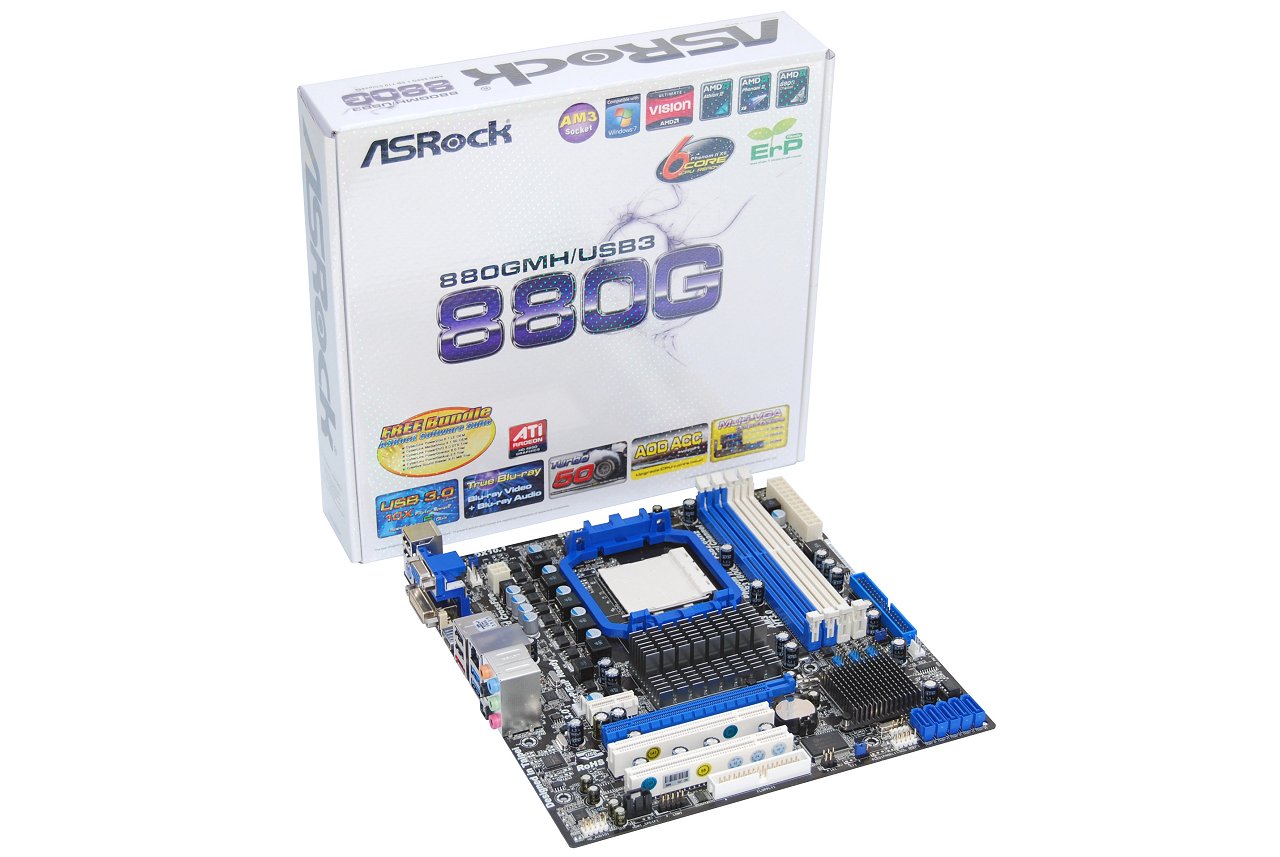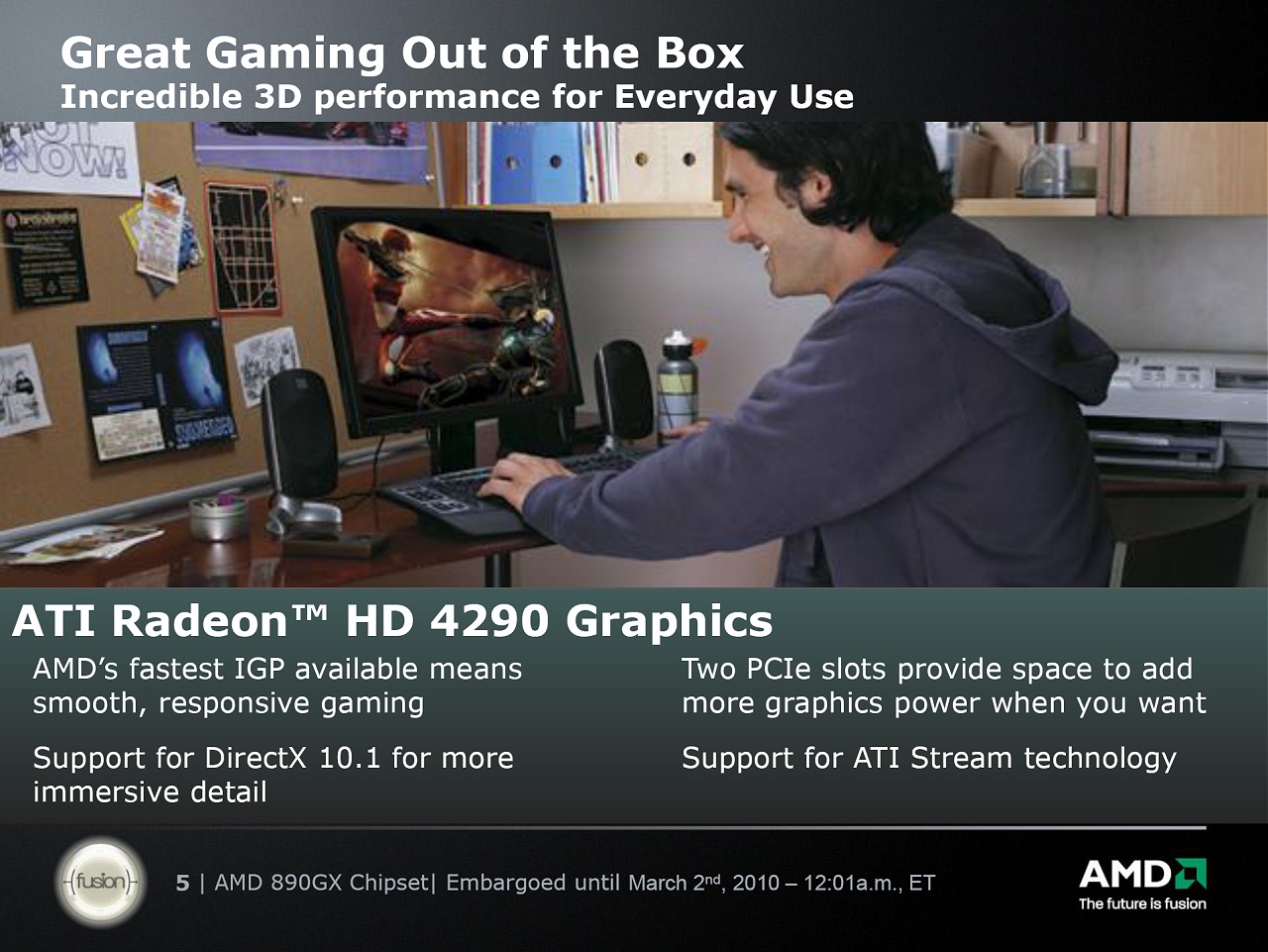
- #ATI RADEON HD 4250 ONBOARD GRAPHICS ASUS MOTHERBOARD DRIVER#
- #ATI RADEON HD 4250 ONBOARD GRAPHICS ASUS MOTHERBOARD PC#
- #ATI RADEON HD 4250 ONBOARD GRAPHICS ASUS MOTHERBOARD SERIES#
#ATI RADEON HD 4250 ONBOARD GRAPHICS ASUS MOTHERBOARD SERIES#
Launched in October 2005, this series brought a number of enhancements including the floating point render target technology necessary for HDR rendering with anti-aliasing. Shader Model 2b, the specification ATI and Microsoft defined with this generation, offered somewhat more shader program flexibility.ĪTI's DirectX 9.0c series of graphics cards, with complete shader Model 3.0 support. While heavily based upon the previous generation, this line included extensions to the Shader Model 2 feature-set.
#ATI RADEON HD 4250 ONBOARD GRAPHICS ASUS MOTHERBOARD PC#
Using 110-nm and 130-nm manufacturing technologies under the X300 and X600 names, respectively, the RV370 and RV380 graphics processors were used extensively by consumer PC manufacturers. Models using the new PCI Express interface were introduced in 2004. A budget line of RV350 products was based on this refreshed design with some elements disabled or removed. It incorporated fully programmable pixel and vertex shaders.Ībout a year later, the architecture was revised to allow for higher frequencies, more efficient memory access, and several other improvements in the R350 family. The R300 was the first GPU to fully support Microsoft's DirectX 9.0 technology upon its release in 2001. Graphics processor generations Generations timeline Manufacturers of the Radeon cards-some of whom also make motherboards-include ASRock, Asus, Biostar, Club 3D, Diamond, Force3D, Gainward, Gigabyte, HIS, MSI, PowerColor, Sapphire, VisionTek, and XFX. Instead, it sells Radeon GPUs to third-party manufacturers, who build and sell the Radeon-based video cards to the OEM and retail channels. Radeon Graphics card brands ĪMD does not distribute Radeon cards directly to consumers (though some exceptions can be found ). On 11 September 2015, AMD's GPU business was split into a separate unit known as Radeon Technologies Group, with Raja Koduri as Senior Vice President and chief architect. Products up to and including the HD 5000 series are branded as ATI Radeon, while the HD 6000 series and beyond use the new AMD Radeon branding. The brand was previously only known as "ATI Radeon" until August 2010, when it was renamed to increase AMD's brand awareness on a global scale. A range of SIP blocks is also to be found on certain models in the Radeon products line: Unified Video Decoder, Video Coding Engine and TrueAudio. ATI/AMD have developed different technologies, such as TruForm, HyperMemory, HyperZ, XGP, Eyefinity for multi-monitor setups, PowerPlay for power-saving, CrossFire (for multi-GPU) or Hybrid Graphics. Three different families of microarchitectures can be roughly distinguished, the fixed-pipeline family, the unified shader model-families of TeraScale and Graphics Core Next. Radeon Graphics is the successor to the Rage line.
#ATI RADEON HD 4250 ONBOARD GRAPHICS ASUS MOTHERBOARD DRIVER#

16 GB 1600/1333/1066 Non-ECC,Un-buffered Memoryģ x PCIe 2.0 x16 (8x/8x Dual CrossfireX mode 8x/8x/4x Tri CrossfireX mode)ĪTi Radeon HD 4290 w/ 128MB GDDR3 Sideport Is the ASRock 890GX Extreme3 just another case of this or has it got what it takes to really impress us? Without prejudice, we will put the board through it’s paces but first, here’s a more comprehensive specification list to digest.ĪMD Socket AM3 Sempron 100/Athlon II X2/X3/X4 and Phenom II X2/X3/X4 ProcessorsĤ x DIMM, Max. To the point, what I’m referring to is the terrible amount of “all show and no go” in a number of consumer industries today. There is nothing “Motor-Sport” about your £20,000 oil burning hatchback. That’s right, you in the BMW 116D M-Sport. It’s very much akin to today’s vehicle market, which is now flooded with cars with aggressive lines, huge wheels, bright lights and you guessed it.

Perhaps we live in a world of exaggeration but Extreme is most certainly a word that describes something to the “furthest degree” and no less. We tend to raise an eyebrow when the word “Extreme” is used overzealously.

Today we will be looking at ASRock’s latest attempt the 890GX Extreme3. Times do change though and they certainly did for this low cost child.įrom 2007, ASRock saw great levels of growth most notably from it’s independent floatation on the Taiwan stock exchange and dare I say it, has also meant multiple attempts at breaking into the performance sector of DIY systems. Aside a couple of Frankenstein products such as the popular AGP and PCI-Express compliant ASrock 939Dual SATA2, this was pretty much what ASRock was about. Founded in 2002 as the budget arm of Asus many of the motherboards sold were sub £50 no frills efforts that were not made to break records but merely just to “get the job done”. ASRock are a brand that you don’t tend to see here at Overclock3D very much.


 0 kommentar(er)
0 kommentar(er)
